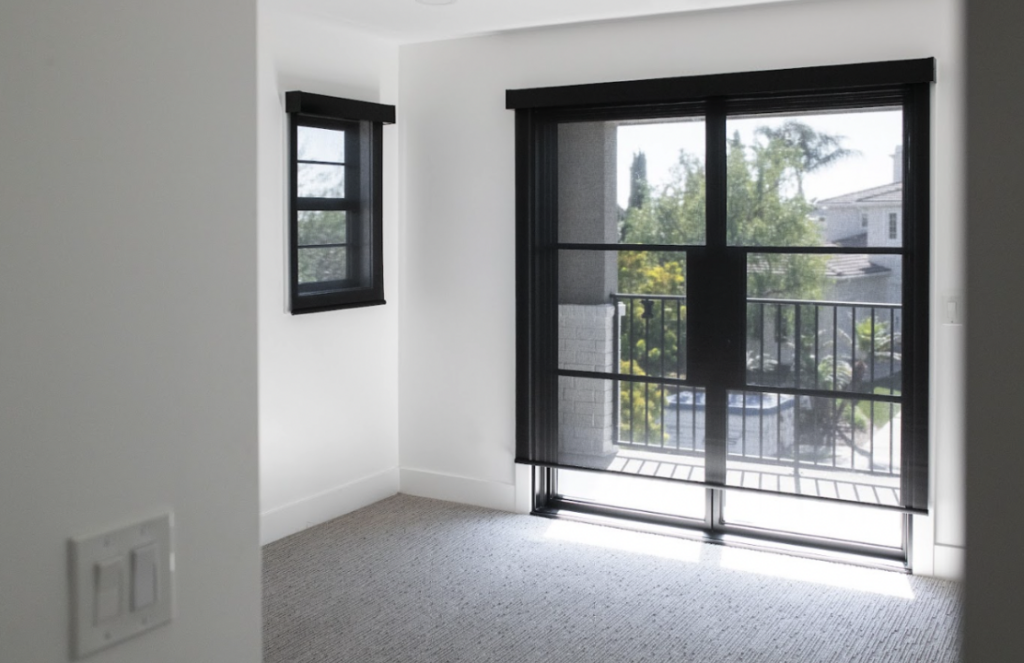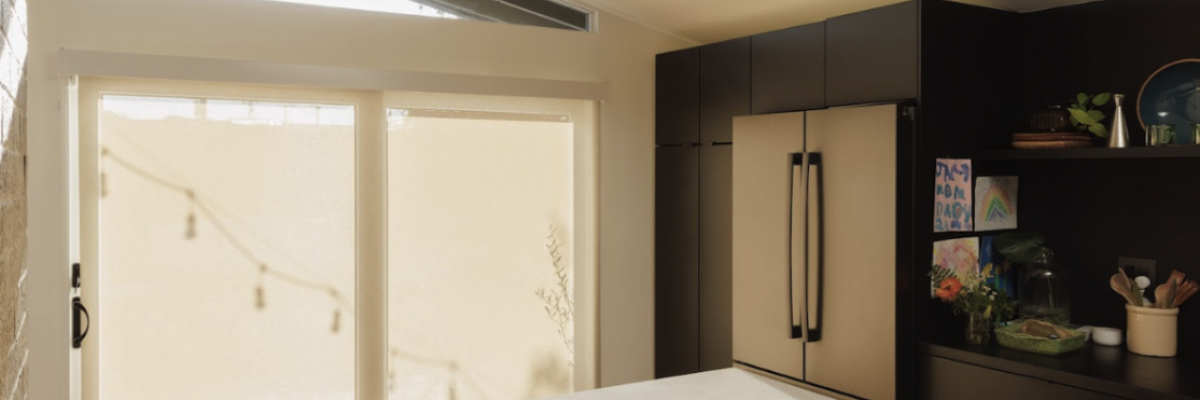When planning window treatments for your home, you may wonder whether all windows should have the same shades. While consistency in design can make a space feel cohesive, it’s not always the most practical or functional choice.
The right approach depends on how you balance aesthetics with the specific needs of each room.
Let’s explore this topic further!
The Case for Consistency
Using the same shades throughout your home can create a seamless and polished look. Uniform window treatments simplify the design process, making it easier to achieve a harmonious style.
This works especially well in homes with open-concept layouts, where the flow between rooms is more visible. Matching shades across windows can also help tie together a modern, minimalist aesthetic.
Consistency doesn’t just benefit appearance—it can also streamline decision-making.
If you’re overwhelmed by the variety of options, choosing one type of shade for every window can make the process less stressful while ensuring a clean, unified vibe.
However, while consistent shades can enhance aesthetics, they might not always align with the unique needs of every space.
When Variety Makes More Sense
Each room in your home serves a different purpose, so it’s often more practical to tailor window treatments to individual spaces.
For instance, solar screen shades work beautifully in living rooms or sunrooms, where natural light is a priority. These shades reduce glare and protect furniture from UV damage while letting sunlight filter in.
In contrast, bedrooms or home theaters benefit more from blackout shades, which provide complete privacy and block out light entirely. These are ideal for creating restful, dark spaces for better sleep or an immersive entertainment experience.

Motorized shades offer unparalleled convenience in areas like living rooms with large windows or spaces with hard-to-reach panes.
Their automated functionality allows you to adjust light and privacy with ease, making them perfect for busy households or homes with smart tech systems.
By choosing the right window shades for each room, you ensure your home is as functional as it is stylish.
Combining Shades Strategically
Blending different types of shades doesn’t mean sacrificing design cohesion. You can maintain a unified look by selecting shades in complementary colors, materials, or styles.
For example, pair solar shades in your living spaces with blackout shades in bedrooms, choosing similar tones or patterns to tie the look together.
If you love the convenience of motorized shades, consider installing them on your most frequently used windows, such as those in living or dining areas, while opting for manual solar or blackout shades in less-used spaces.
Mixing and matching shades based on functionality while keeping the color palette consistent creates a harmonious and practical design.
Strategic combinations also enhance the overall usability of your home.
For instance, solar shades in communal areas can brighten your home with filtered light, while blackout shades in private spaces offer complete privacy and darkness where needed.
This approach ensures every room meets its specific demands without compromising on style.
Find the Perfect Balance for Your Home
So, should all windows have the same shades?
Not necessarily.
While consistency can create a cohesive look, it’s often more practical to vary your shades based on the function and needs of each room.
Solar screen shades, blackout shades, and motorized shades all offer unique benefits, and combining them strategically can provide the perfect balance of style and functionality.
Consider consulting a window treatment expert such as The Shade Reserve to ensure your home achieves both visual harmony and practical comfort.
Get in touch with us today!

